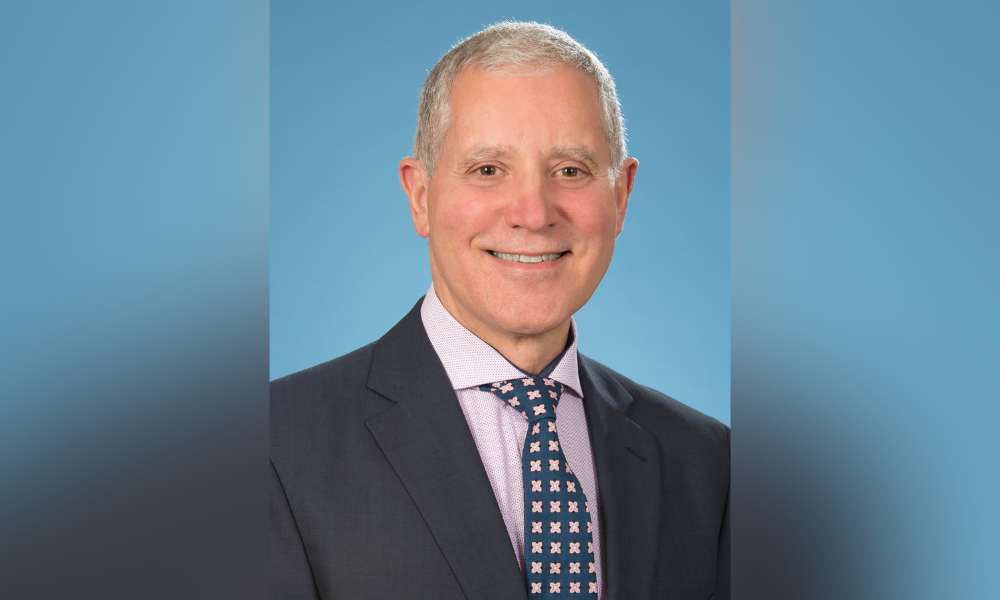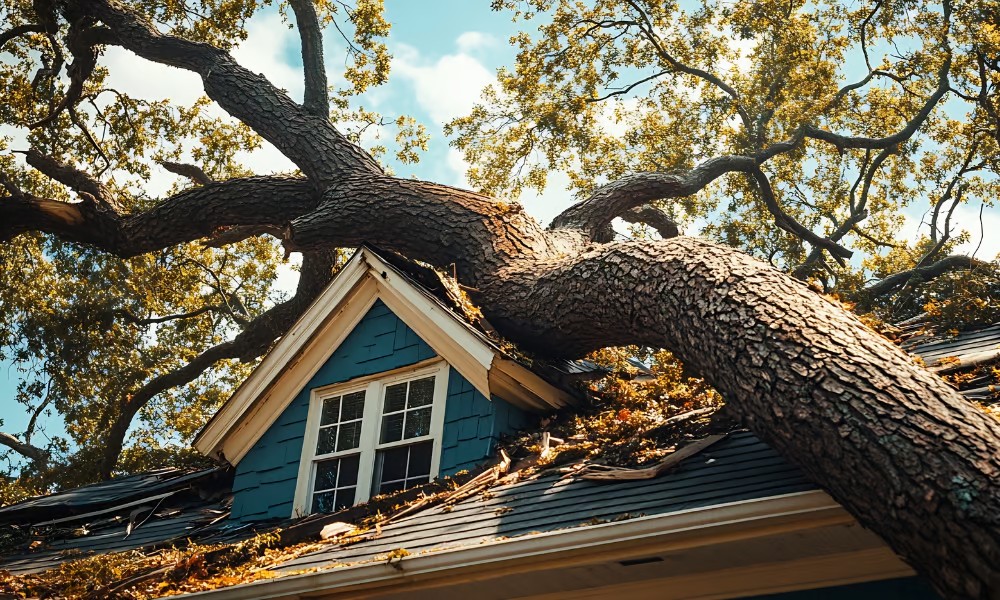BCRSP advocating for national standard, starting with Ontario, Alberta, and B.C.

One of the challenges today in Canada is that there are a number of different designations or certifications in health and safety. Pulling those disparate threads together is one of the reasons behind the push for title protection, or better regulation, in the safety sector.
The Board of Canadian Registered Safety Professionals (BCRSP) is among the organizations working towards making title protection a reality. And more regulation doesn’t mean that these designations have to disappear.
“There should be recognition for them, because they all have different specializations, education, background and different experiences that are valuable in their respective fields. But without a unified voice in health and safety, not all of them are honoured the way they should be,” says Larry Masotti MA, Canadian Registered Safety Professional (CRSP) and Strategic Relationships Advisor at Workplace Safety & Prevention Services (WSPS).
This is why the BCRSP is arguing for a national standard on a health and safety designation, and is currently working with partners to advance or advocate for title protection, starting with Ontario, Alberta and British Columbia.
“We're looking at different initiatives, which will basically shine a spotlight or highlight the need [for title protection]. We're developing a campaign that will allow us to get the message out to the public, for the need for title protection in occupational health and safety,” says Masotti.
One of the aims is to get the public more interested in the push for better regulation, and who may not understand the urgency behind the matter or may even believe that title protection already exists within the sector.
Masotti says that the safety sector is constantly changing and redefining itself. “The last couple of years have taught us that as much as we’re dealing the traditional or historical risks and hazards, we are now dealing with mental health and managing impairment in the workplace” and that “title protection or regulation would bring about continuous professional development” which can help reflect these changes.
And though Canada has to contend with different provinces and jurisdictions having different OHS legislation, the broad concepts of safety remain the same across the board. One of the great opportunities – and challenges – in Canada is multiculturalism. “Immigration is absolutely vital, as are the concepts of inclusion, diversity, equity, accessibility and decolonization,” says Masotti. “We’re trying to honour the various people and the various lands.” He says this is another reason for advancing title protection, so that there is a general understood standard about what a professional in occupational health and safety is capable of and complying with.
And Masotti says that some people may see the push towards title protection as a threat to their current program or regimen, but Masotti says that the BCRSP wants to advance the idea that “we are looking to come together and honour existing regimes or designations, and having a unified voice in health and safety in Canada.”





